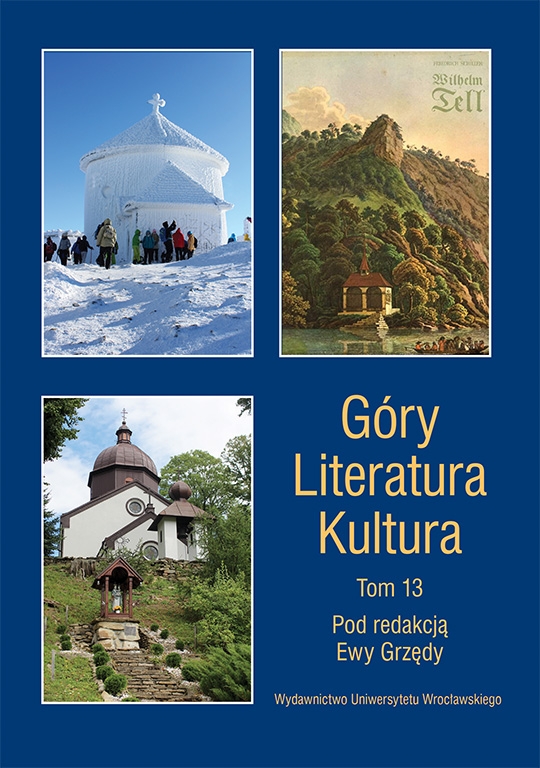

Rozprawy, studia, szkice

The present article focuses on a tendency to artificially beautify landscape, a tendency that was particularly strong in European culture of the eighteenth and early nineteenth century, having been anticipated in Renaissance and Baroque culture. This is associated with landscape being assigned a cultural character, transformed by humans on the basis of natural resources. This tendency became a fluid process partially documented by literature. The process ranged from the introduction of decorative elements into gardens (statues like the famous Apennine Colossus in the garden of the Villa di Pratolino), through unique garden designs to the creation of landscape parks adapting natural spaces for purposes dictated by aesthetic theories (English landscape parks). French landscape gardens, which brought to the fore anthropologically viewed human beings living in a world built with geometric precision and order, were contrasted with the English landscape parks designed completely differently. The transformations taking place in culture, literature and art at the turn of the nineteenth century (Romanticism) went hand in hand with actions aimed at aestheticising landscape on the basis of natural resources. This was accompanied by important changes in customs resulting from new concepts of viewing landscape. The resulting development of tourism, consisting in its gradual popularisation, led to the emergence in the way of viewing nature of a certain hierarchy of values of various topographic sites (famous mountains, valleys, waterfalls, lakes, springs etc.). The desire to increase their attractiveness assumed the form of artificial beautification through the addition of artificial elements to landscape (grottos, temples, ruins, cascades, bowers). Many technical novelties were used to increase the effectiveness of hydrological elements (galleries under waterfalls, displays of waterfalls through coloured glass, boat trips to waterfalls). This tendency evolved further with the development of tourism. The period saw a rise in the role and attractiveness of health resorts, with an increasing role being played in their spatial arrangement by parks with fountains, bowers, artificial waterfalls. Access to sites known for beautiful vistas in the mountains was facilitated (steps cut in rock and stairs built on mountain slopes, galleries, gloriettes, viewing decks or even viewing towers). In this process of artificial aestheticisation of landscape an increasingly important role was played by the railways enabling people to observe landscapes through the windows, which was impossible for those travelling by stagecoaches. Artificial sluices above waterfalls were used to bank up water, released upon a fee. Changes in their infrastructure were accompanied by a theatricalisation of the setting (Ossianesque imitation, artificial folklorisation, blind musicians, children offering flowers to tourists, special acoustic effects like echo).